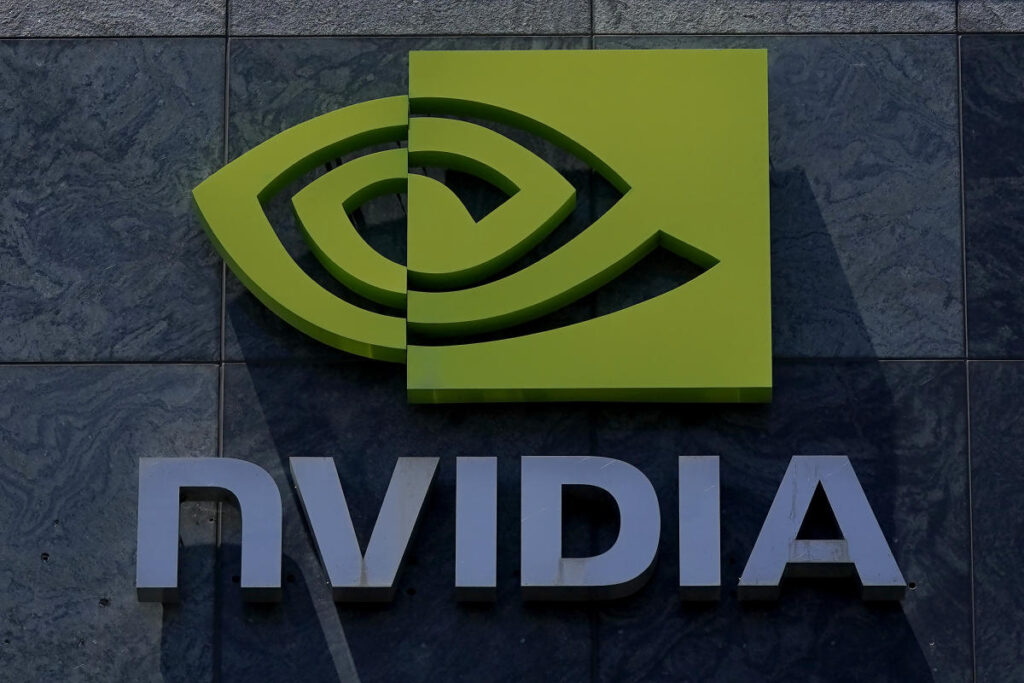Between 2023 and late 2024, Nvidia (NVDA) experienced remarkable growth, tripling its market value to reach $3 trillion and establishing itself as one of the most scrutinized stocks in the market. This surge was largely driven by an extensive increase in investment toward artificial intelligence (AI) infrastructure, as enterprises worldwide began constructing data centers to meet their escalating demands for high-performance computing. Given Nvidia’s standout growth, it is essential for investors to delve deeper into the company’s revenue-generating strategies. Understanding Nvidia’s business model and revenue sources allows for more informed investment decisions, especially in the fast-evolving tech landscape.
At the core of Nvidia’s business model lies its flagship product, the graphics processing unit (GPU). Since its inception in the late 1990s, Nvidia has pioneered GPU technology, which originally served the gaming industry. The company’s innovative architecture enabled parallel computation, revolutionizing video game graphics. Over time, Nvidia expanded its ecosystem, crafting a suite of software and tools that users can employ to develop complex applications optimized for their hardware. The advancements in GPU technology have garnered significant interest from various sectors, particularly in areas beyond gaming, such as AI.
Today, Nvidia is strategically positioned to capitalize on the booming AI market, a venture it seriously pursued starting in 2013. The introduction of ChatGPT in 2022 further popularized AI applications, increasing the demand for powerful computing hardware capable of supporting machine learning technologies. This wave of interest has spurred widespread investment in AI infrastructure, comprising GPUs, tensor processing units, and various networking and storage solutions essential for running AI applications in data center environments. Nvidia’s entry into the AI space has thus expanded its market beyond gaming, catering to an array of enterprises seeking robust and efficient computing solutions for AI development.
Nvidia’s expansive reach extends across multiple industries, providing services not only to data centers but also to gaming, automotive, robotics, and telecommunications. While gaming remains a critical sector, it constitutes a smaller share of Nvidia’s revenue compared to its AI-driven operations. The company has begun integrating its graphics expertise with AI, illustrated by the launch of “Nvidia Ace” in 2024—a toolkit for developing interactive digital avatars. Nvidia also aims to leverage its established technology in autonomous driving, although analysts suggest that this market opportunity may take time to fully materialize. Initiatives in telecommunications further position Nvidia as a leader in 5G and future 6G technology, aiming to fulfill the communication needs of an evolving AI landscape.
Despite Nvidia’s impressive growth trajectory, investors must remain vigilant about potential risks. The increasingly competitive landscape in AI-capable chips poses a threat; numerous companies, including Nvidia’s own clients, are exploring custom chip designs, indicative of a desire to diversify supply chains. In tandem, high investor expectations have created a precarious situation where any potential failure to meet these expectations could lead to significant stock price corrections. The rapid pace of industry evolution further complicates Nvidia’s position. The company announced a shift to an annual product upgrade cycle, intensifying pressure to deliver consistent innovations and leaving little room for error compared to competitors such as Advanced Micro Devices (AMD).
To effectively navigate Nvidia’s investment potential, a thorough understanding of its business model and market dynamics is crucial. A grasp of how Nvidia generates revenue can inform assessments of its financial performance and growth potential. By recognizing both the opportunities within the burgeoning AI sectors and the risks associated with competition and market fluctuations, investors are better equipped to make educated decisions regarding Nvidia stock. As one of the leading tech companies shaping the future of computing, Nvidia represents a compelling case study for investors eager to engage with innovation-driven markets.

